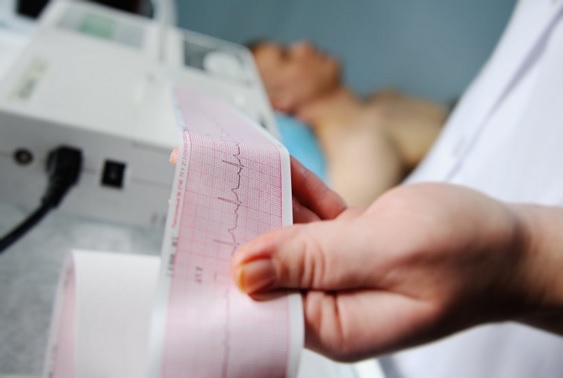Access Full Report at https://databridgemarketresearch.com/reports/point-care-testing-poct-market
Point-of-care simply identifies the heightened biomarkers or indicators that might be prevalent in patients if they are suffering from a particular disease, in as little as five minutes. But, some of these tests do take some amount of time; even though not as much as traditional testing methods would require for delivering conclusive evidence.
Although the lifespan of point-of-care testing is still quite young, it has crossed leaps and bounds since its formulation and plays a major part in in providing the correct care therefore, its utilization has expanded significantly. This specifically means that due to its application and adoption, the patients have been provided with the appropriate care as soon as possible due to its rapid conclusive evidence. Some of the major developments to have undergone in the point-of-care testing are:
POCT for Heart Attacks:
Recent studies and developments have showed that there is an increased focus on diagnosing heart attacks in human being with the help and application of point-of-care testing. The test is based on traditional technology, although it determines the levels of protein specificity in cases of myocardial infection (MI); i.e. cardiac myosin-binding protein C (cMyC). The study also suggests that levels of this specific protein are elevated even greater than troponin when the patient has suffered from a heart attack. (Troponin is used for the determination of heart attacks or unstable angina in patients with chest pains. It is a good indicator as a person has recently undergone a heart attack would have elevated levels of troponin). This development will be very successful in proper diagnosis and determination of the correct course of action in ED (emergency departments), due to the swiftness of the conclusion of tests.

Viral-Load testing for HIV-AIDS:
UNAIDS - The Joint United Nations Programme on HIV and AIDS’ main 90-90-90 goal has been the focus of many countries since the target for achieving worldwide awareness of HIV was first presented by the organization. Ever since the formulation of the target - of diagnosing 90% of the entire population that are living with HIV virus; provision of uninterrupted antiretroviral therapy to 90% of all patients suffering from HIV-AIDS; and suppression of the HIV virus in 90% of patients receiving antiretroviral therapy.
This focus has seen the development of viral-load point-of-care testing, in which the virus levels of HIV in individuals can be measured and determined. This method provides the test results swiftly, through which physicians can determine the next step of action and the patients can be informed of their health status and the need for care.
POCT for Lyme Disease:
There have been recent developments for the detection of tick-borne diseases, due to the growth in the prevalence of these diseases in the U.S. which has been caused by the rising habitable temperature for ticks. Scientists and researchers have developed a method to measure the antibody reactions and responses of pathogens that can be linked with eight unique tick-borne disorders. The tests will be measuring the individual responses of each pathogen and will be clearly able to determine the tick related to that pathogen and distinguish for each disorder, which would have been difficult to determine when conducting it through traditional methods. Although, the test is currently available for laboratory settings, this will be available as a point-of-care test within a short period of time.
Respiratory Viral Infections:
A new research submitted to the European Respiratory Society International Congress Society gave a glimpse of a new testing and diagnostic system for viral infections and respiratory disorders. The test has already been in use in some regions. It involves taking sample of DNA from the patient and testing the sample in a machine, which gives conclusive results and evidence in around fifty minutes. This is a significant improvement over the traditional diagnostic methods for viral infections. The test method is based on microbiology testing that is conducted in various laboratory settings and requires a large amount of time, this development has brought forth the technology in the form of bedside diagnosis, significantly reducing the employment of resources and thereby reducing the overall cost of patient care. The published results are backed up by various other diagnosis tests such as X-rays and various other pathogen tests.
These developments acts as an evidence for the need of rapid testing and diagnostic systems that can identify the correct course of treatment for patients help in proper guidance of the physicians. The above-mentioned information goes to show how far the advancements in technology have undergone regarding the applications of point-of-care testing. Although the increasing levels of applications in disease is expected to have a positive effect on the overall healthcare market, but the truth is major adoption of point-of-care testing in a number of diseases is still far off.
Studies and developments are underway to develop point-of-care testing for all of the major diseases so that the cost of treatment and the number of lives saved can be significantly increased.










